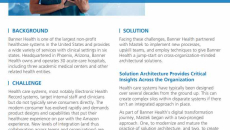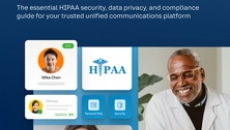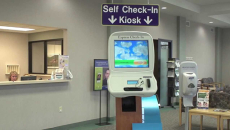Business Intelligence
Banner Health, one of the largest U.S. nonprofit healthcare systems, serves patients across six states. As part of its digital transformation process, Banner partnered with Mastek to modernize its IT infrastructure and develop a governance framework.
SPONSORED
With a majority of healthcare organizations lacking proper technology to address HIPAA compliance, it’s imperative that quick action is taken to avoid serious security and data privacy breaches. Our comprehensive guide provides you with all you need to know to address this time-sensitive issue.
At Penn Medicine, integrated product teams – comprising data scientists, physicians and software engineers, among others – are helping improve AI and machine learning applications.
Workflow
Here’s what executives need to know now about embarking on the journey by implementing applications to build a smart network of solutions.
Workflow
Transforming healthcare usability must include standardization to evaluate effectiveness, efficiency and satisfaction.
Some 18 percent of U.
Despite the ever increasing pace at which the healthcare industry—and HIM—is moving forward, through information governance (IG) pilot programs, we also see leaders making time to envision a future with IG playing a central role.
(SPONSORED) How to rise above all the marketing chatter is perhaps one of the most difficult marketing questions to tackle.
Editor's note: This is the second segment in Roy Smythe’s two-part interview with Dr.
Roy Smythe, MD, interviewed Dr. George Day to drill down into the science of innovation and give readers some flavor of the need to understand innovation at this level.










